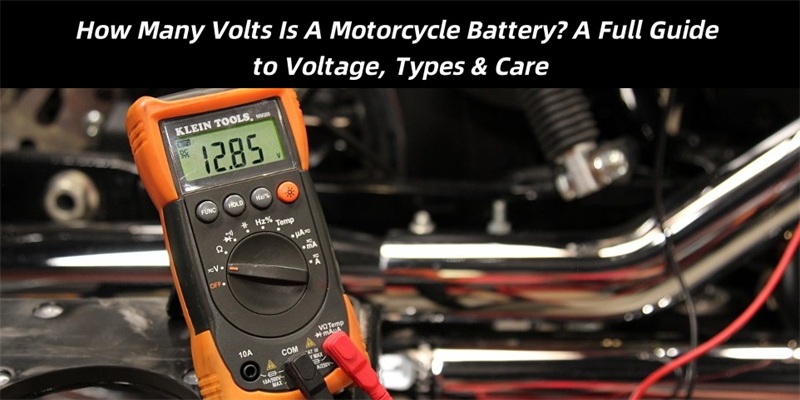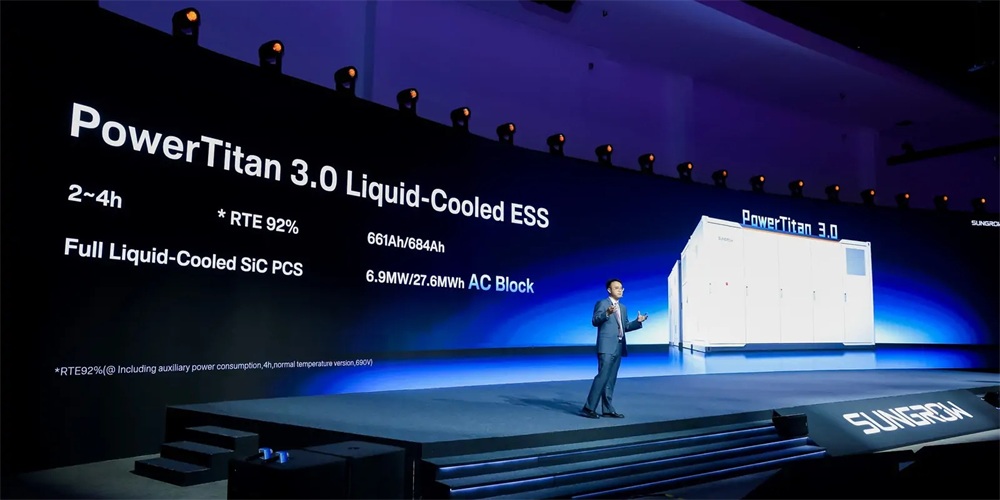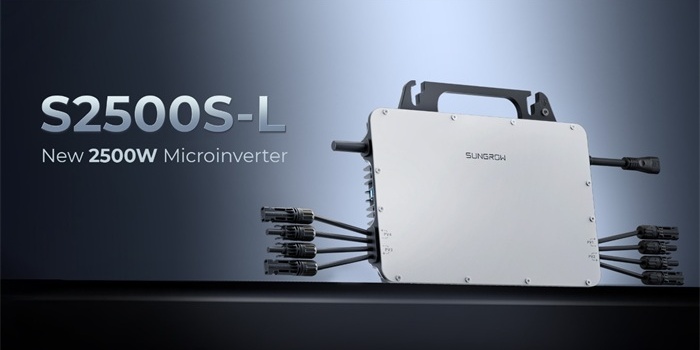How Many Volts Is A Motorcycle Battery? A Full Guide to Voltage, Types & Care
A motorcycle battery typically has a nominal voltage of 12 volts. Under normal operating conditions, the actual voltage ranges between 10V to 14V.
· If the voltage drops below 10V, the motorcycle may become difficult or impossible to start.
· When the battery is fully charged, the voltage can reach close to 14V, indicating a state of charge above 90%.
Understanding these voltage values is essential for diagnosing battery health and ensuring reliable performance.

How to Choose a Motorcycle Battery?
When selecting a motorcycle battery, consider key performance metrics such as Cold Cranking Amps (CCA), Reserve Capacity (RC), and Ampere Hours (Ah). These specifications should meet or exceed the original equipment requirements to ensure compatibility and performance.
· Cold Cranking Amps (CCA): Measures the battery’s ability to start the engine in cold weather.
· Reserve Capacity (RC): Indicates how long the battery can run the motorcycle’s electrical systems without the engine.
· Ampere Hours (Ah): Reflects the battery’s energy storage capacity—how long it can deliver a specific current.
What Types of Motorcycle Batteries Are Available?
1. Lead-Acid Batteries
These are among the most common types. They contain lead plates submerged in a liquid electrolyte solution of sulfuric acid and water.
Advantages:
· Lower initial cost.
· Widely available and familiar technology.
Disadvantages:
· Require regular maintenance, including checking electrolyte levels and cleaning terminals.
· Need ventilation and specific charging procedures.
· Charging and cooling can be time-consuming.
· Typical lifespan is around 5 years or 1,500 charge cycles with proper care.
2. Lithium Batteries (LiFePO4)
Lithium Iron Phosphate (LiFePO4) batteries are becoming increasingly popular due to their high performance and reliability.
Advantages:
· Significantly lighter—up to 60-70% weight reduction compared to lead-acid.
· Faster charging and longer lifespan—often exceeding 10 years.
· Maintenance-free and safer under most conditions.
· Better deep-cycle performance and higher energy density.
Disadvantages:
· Higher upfront cost.
· Requires a compatible lithium-specific charger.
· For power sports enthusiasts and riders looking for superior performance, lithium batteries are often the best choice.
How to Extend the Life of Your Motorcycle Battery?
· Regular Charging: Keep the battery charged, especially during periods of inactivity.
· Scheduled Maintenance: Check for corrosion, ensure terminals are clean, and maintain proper electrolyte levels (for lead-acid types).
· Avoid Extreme Temperatures: Charge and use the battery within recommended temperature ranges.
· Use the Right Battery: Always choose a battery that matches your motorcycle’s specifications.
When Should You Replace Your Motorcycle Battery?
Consider replacing the battery if you notice any of the following:
· Difficulty starting the motorcycle
· Visible deformation or swelling of the battery
· Inability to hold a charge
· Dimming headlights or weak horn sound
· Corroded or broken terminals
· Fluid leaks or discoloration
· Old age—typically after 3–5 years for lead-acid, though lithium may last longer
How to Charge a Motorcycle Battery Safely?
1. Correct Connection:
· Connect the positive (red) charger clip to the positive terminal of the battery.
· Connect the negative (black) charger clip to the negative terminal.
2. Use a Compatible Charger:
· Always use a charger designed for your battery type (lead-acid or lithium).
· Do not use a lead-acid battery charger on a lithium battery.
3. Safety First:
· Turn off or unplug the charger before connecting or disconnecting the battery.
· Avoid arcing by ensuring clips are securely attached.
4. Follow Manufacturer Guidelines:
· Charge in a well-ventilated area.
· Use a charger that matches the voltage and current requirements of your battery.
Conclusion
Understanding the voltage and type of your motorcycle battery is key to maintaining your bike’s performance. Whether you choose a traditional lead-acid or a modern lithium battery, proper care and timely replacement will ensure your motorcycle remains reliable and ready to ride. Regular maintenance and correct charging practices can significantly extend your battery’s life and enhance your riding experience.

